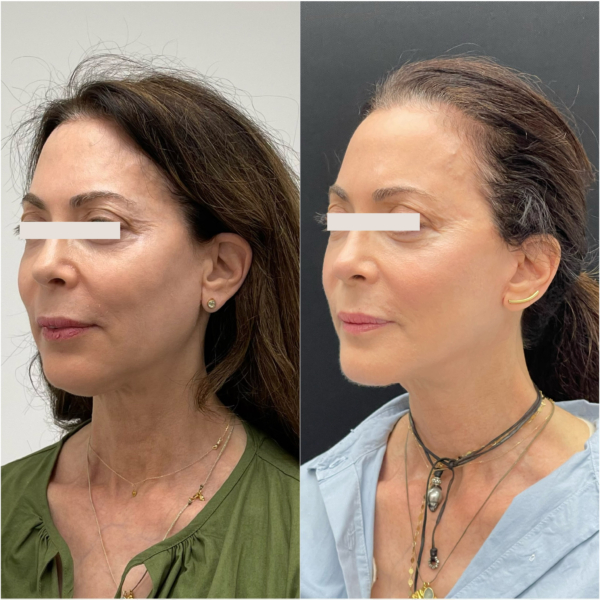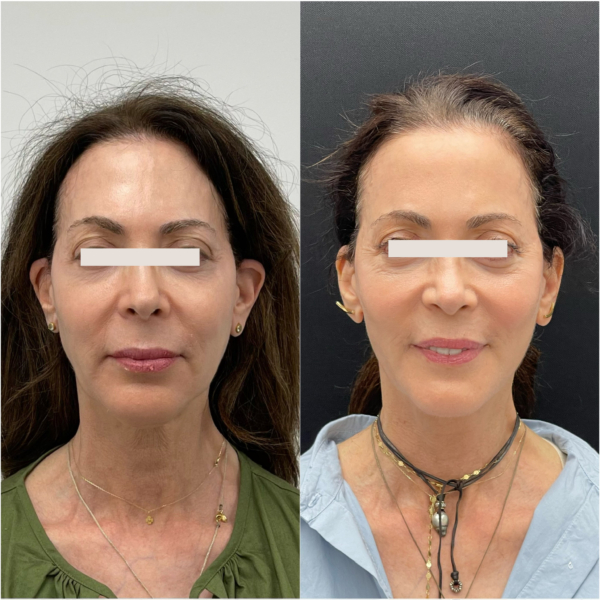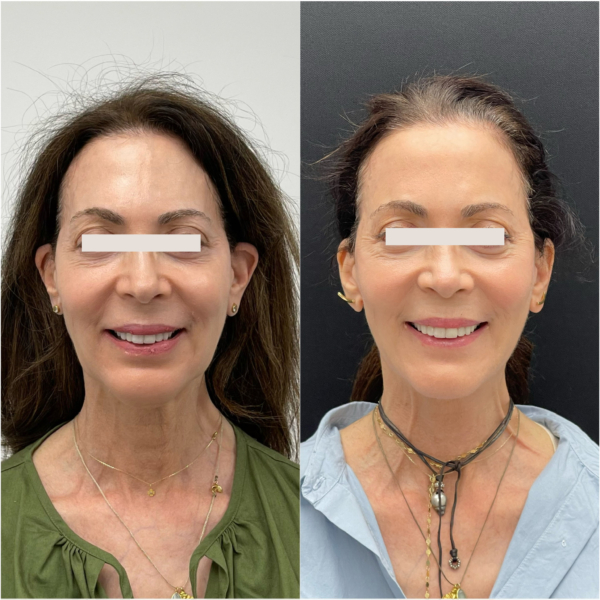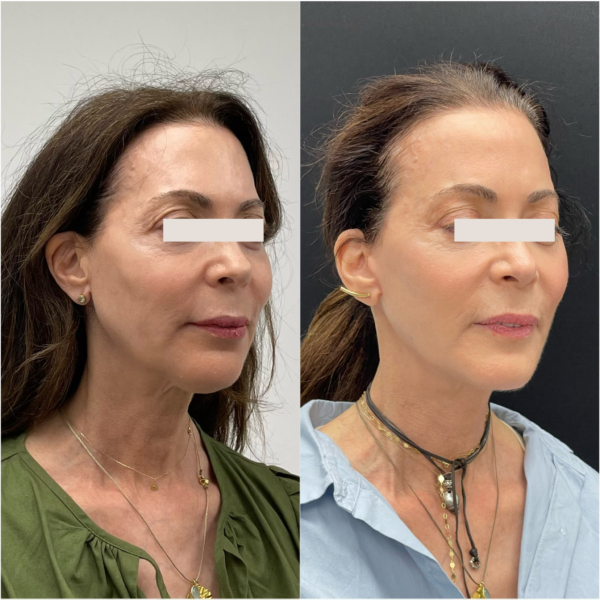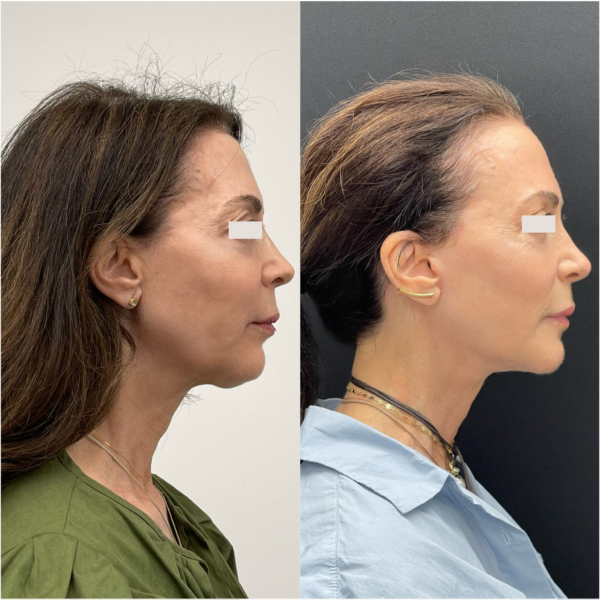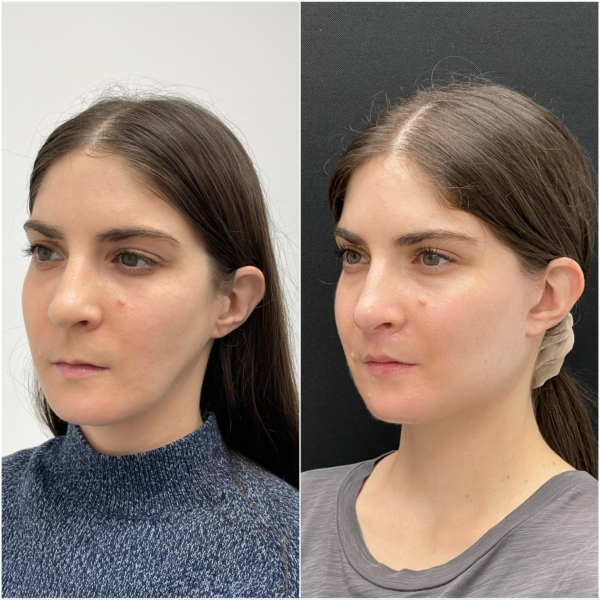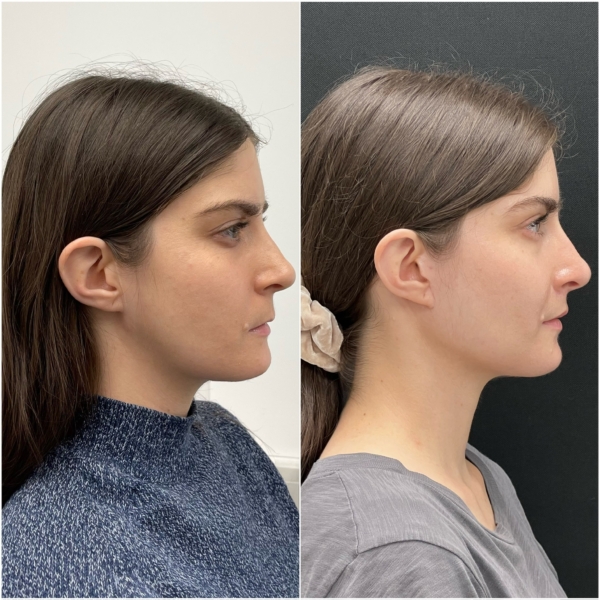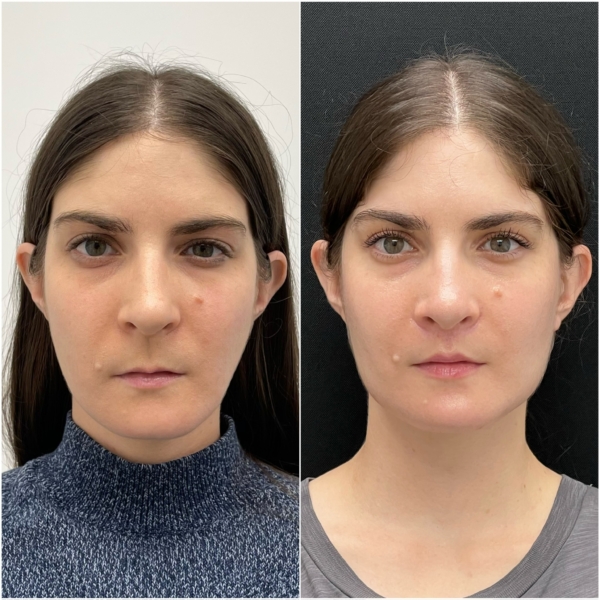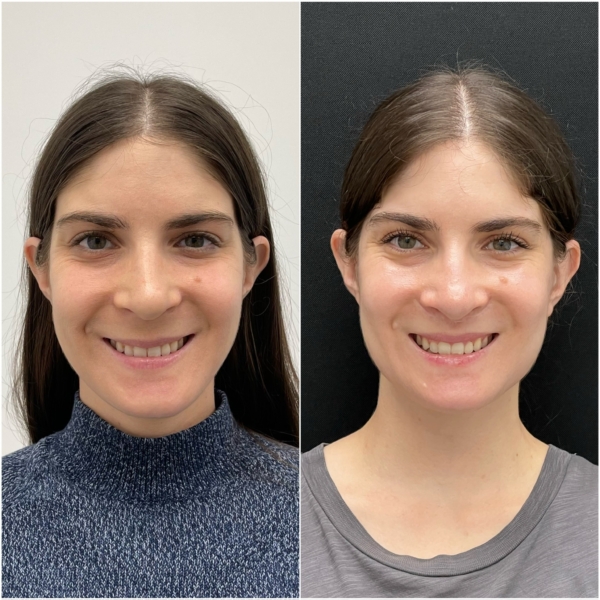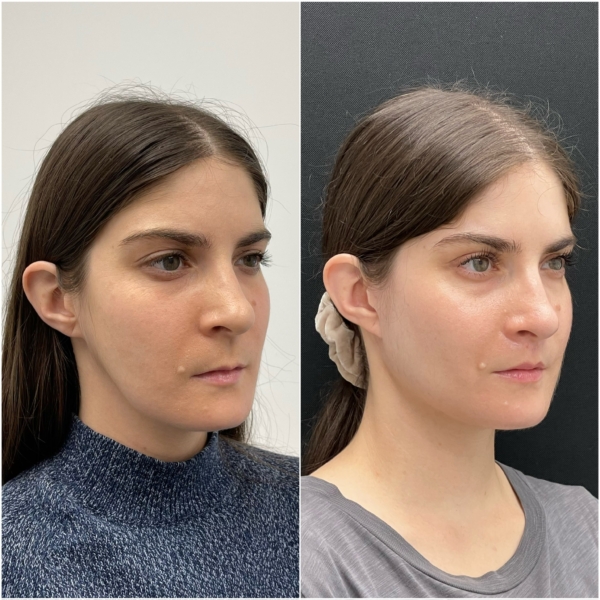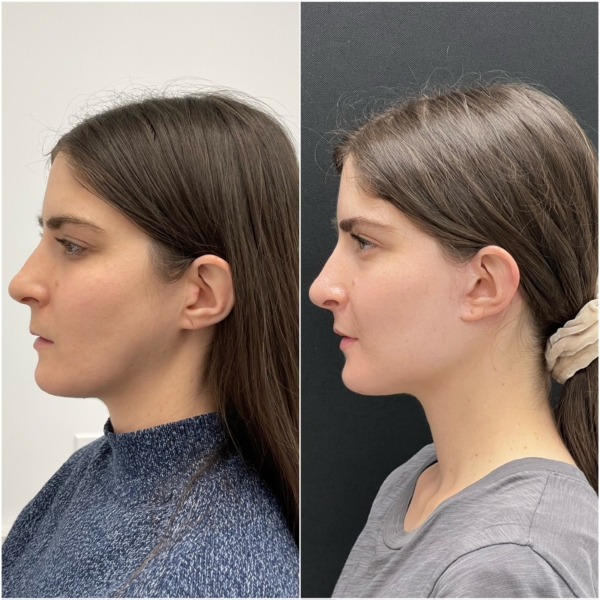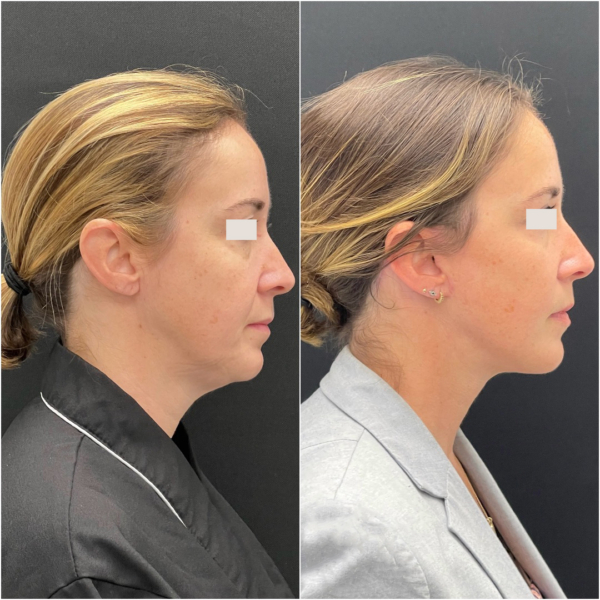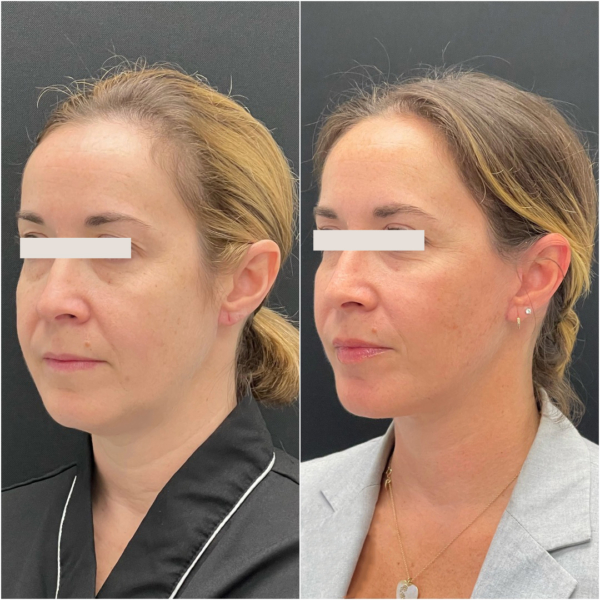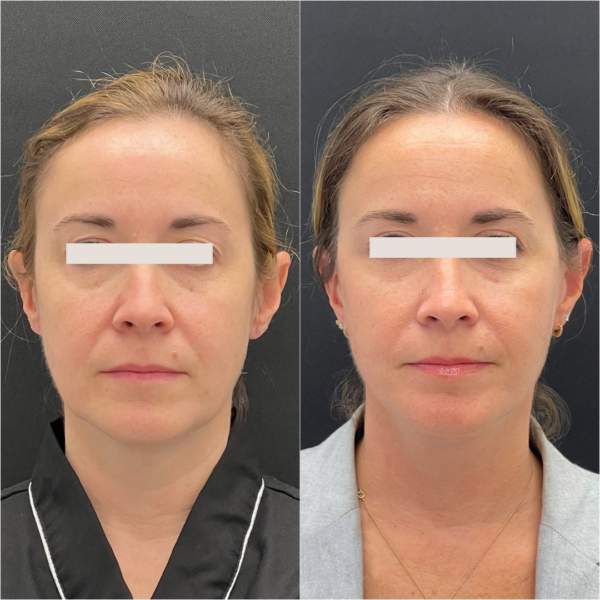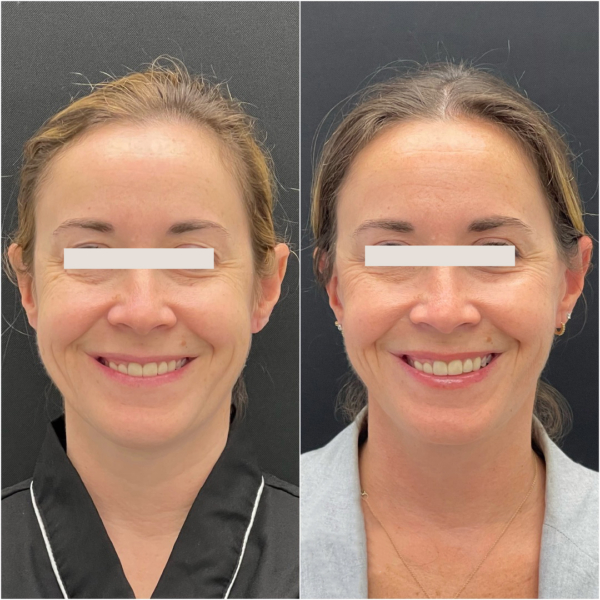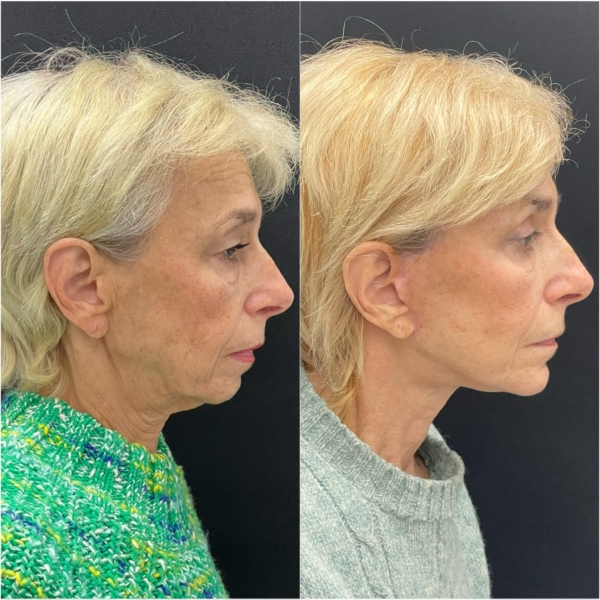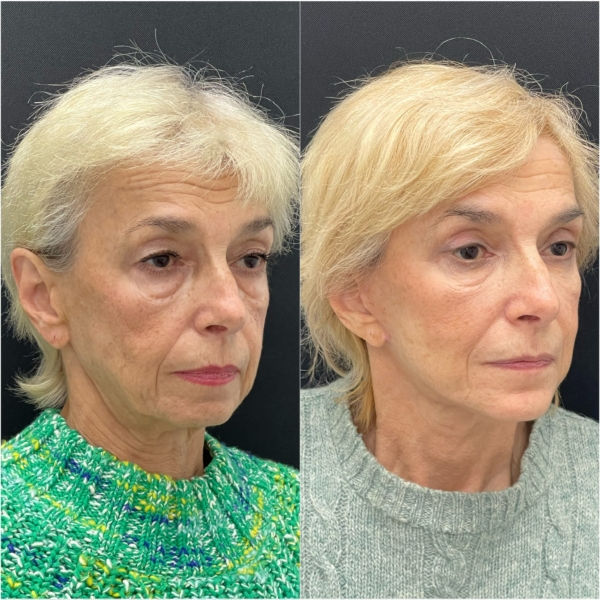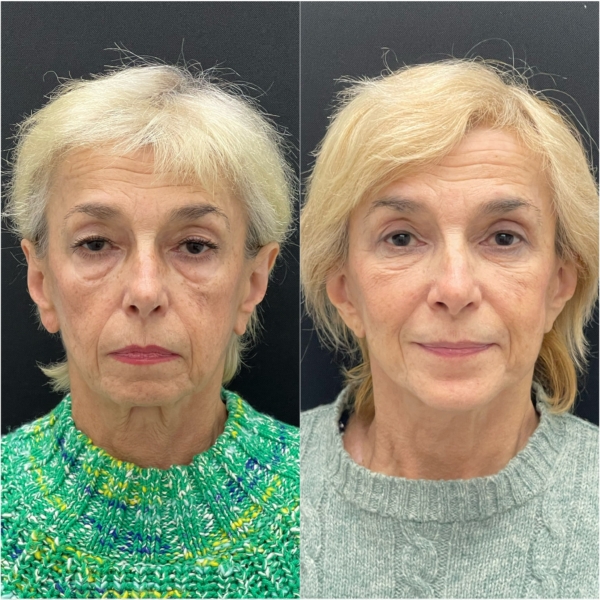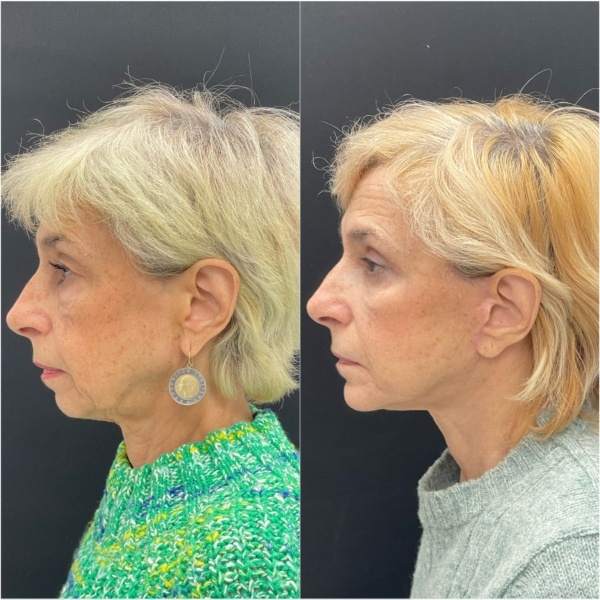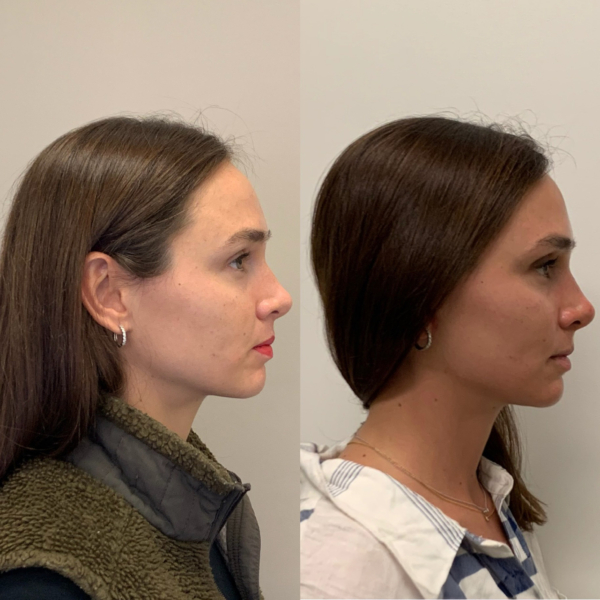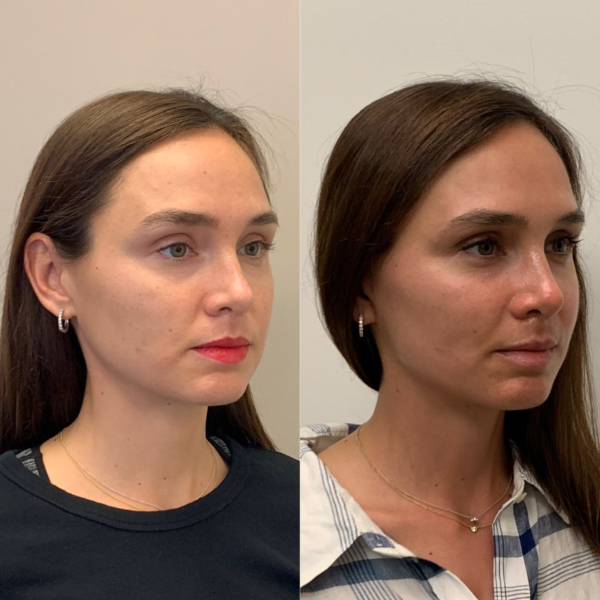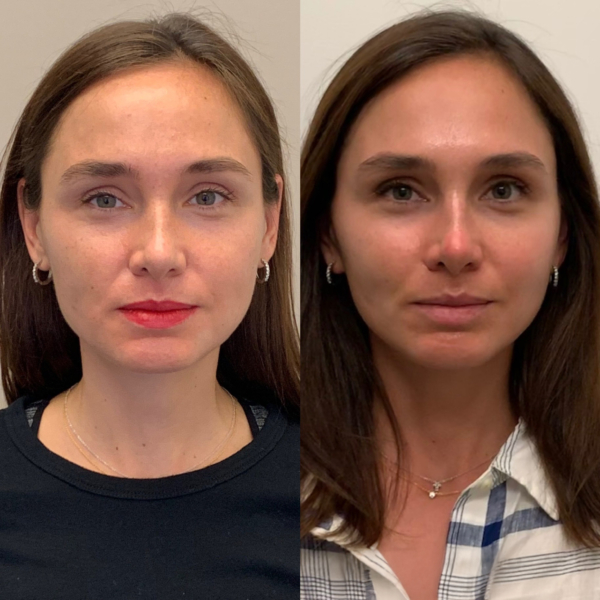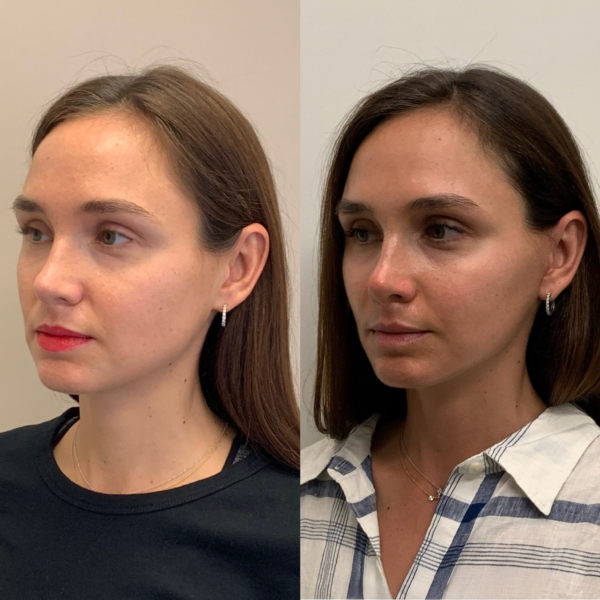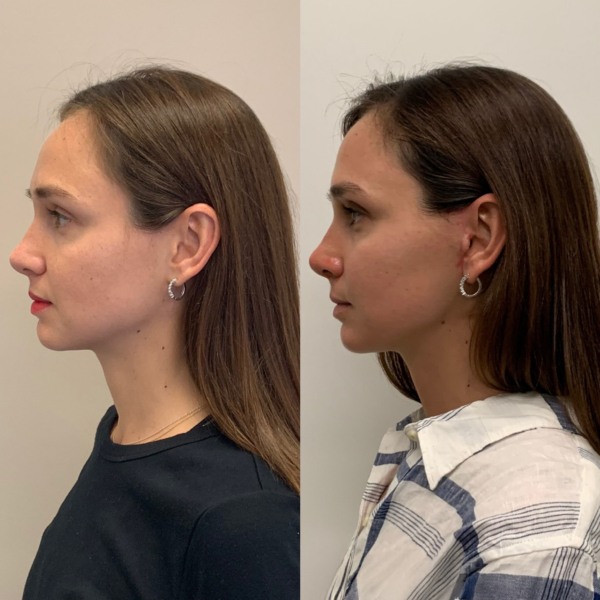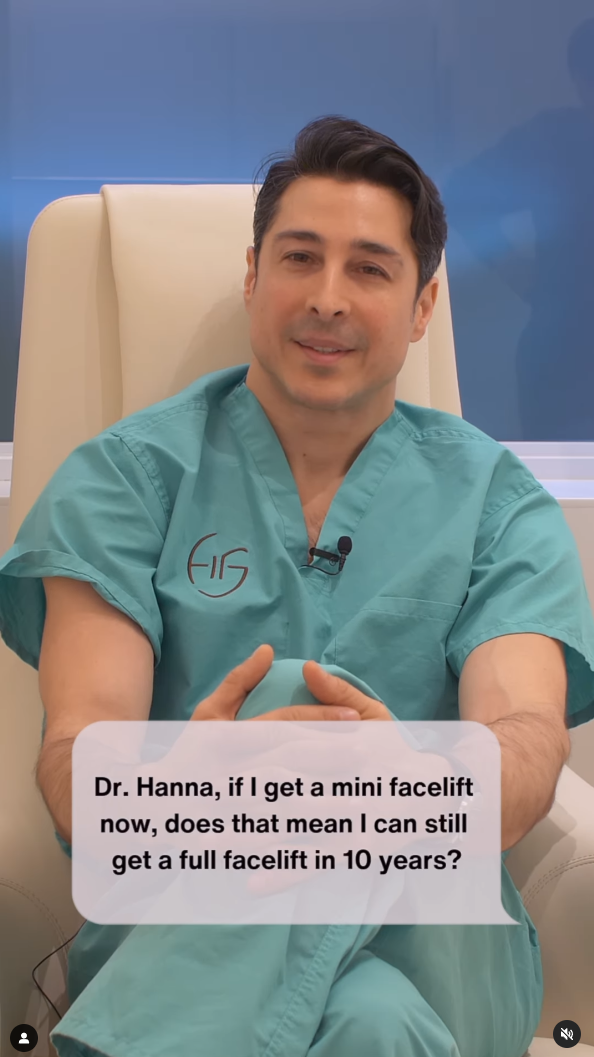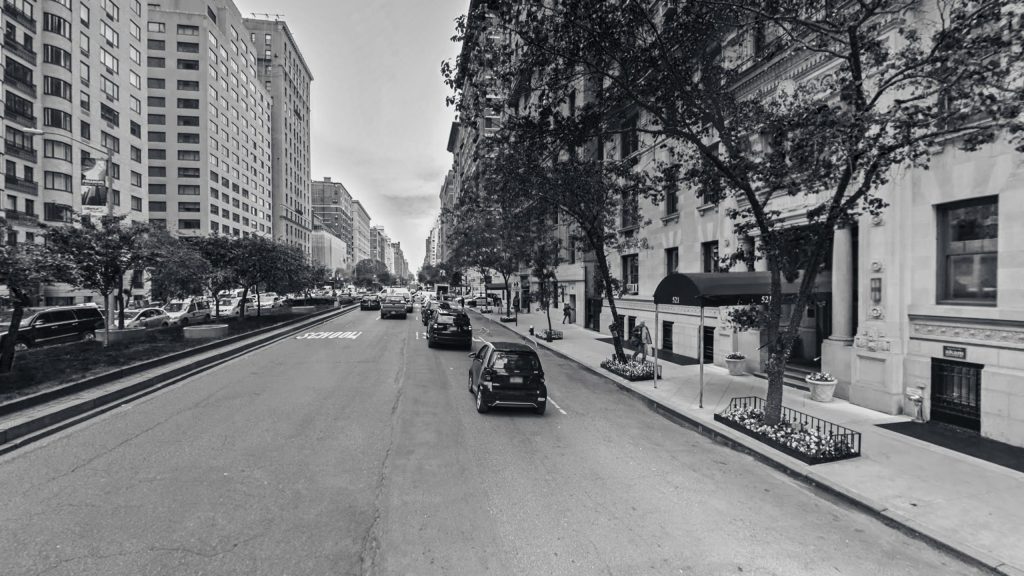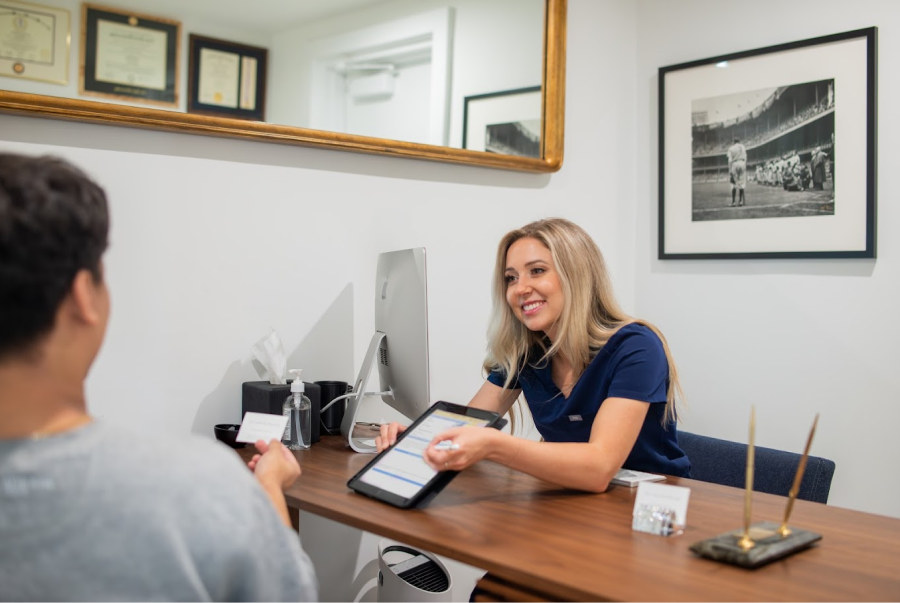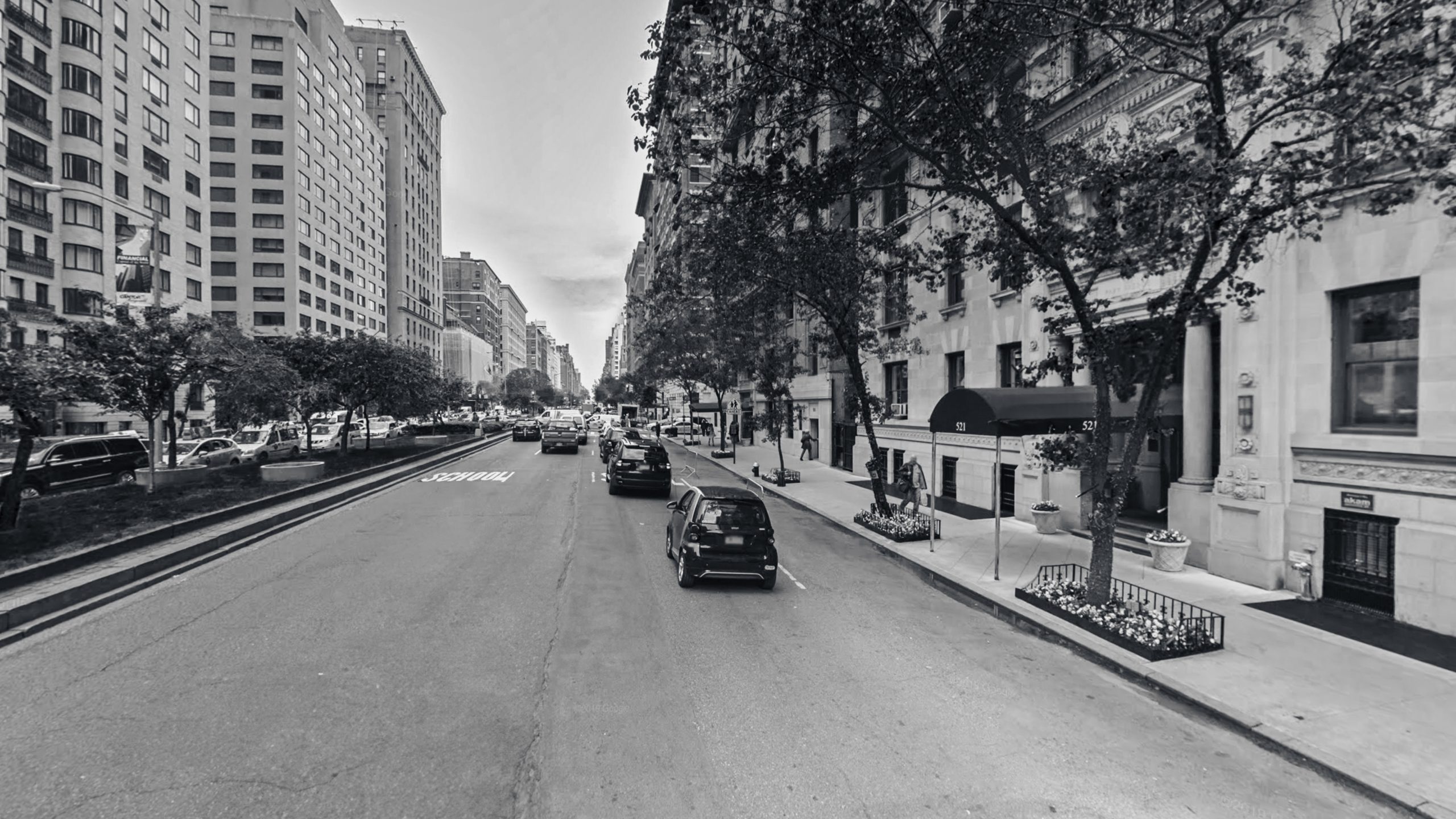Face Lift
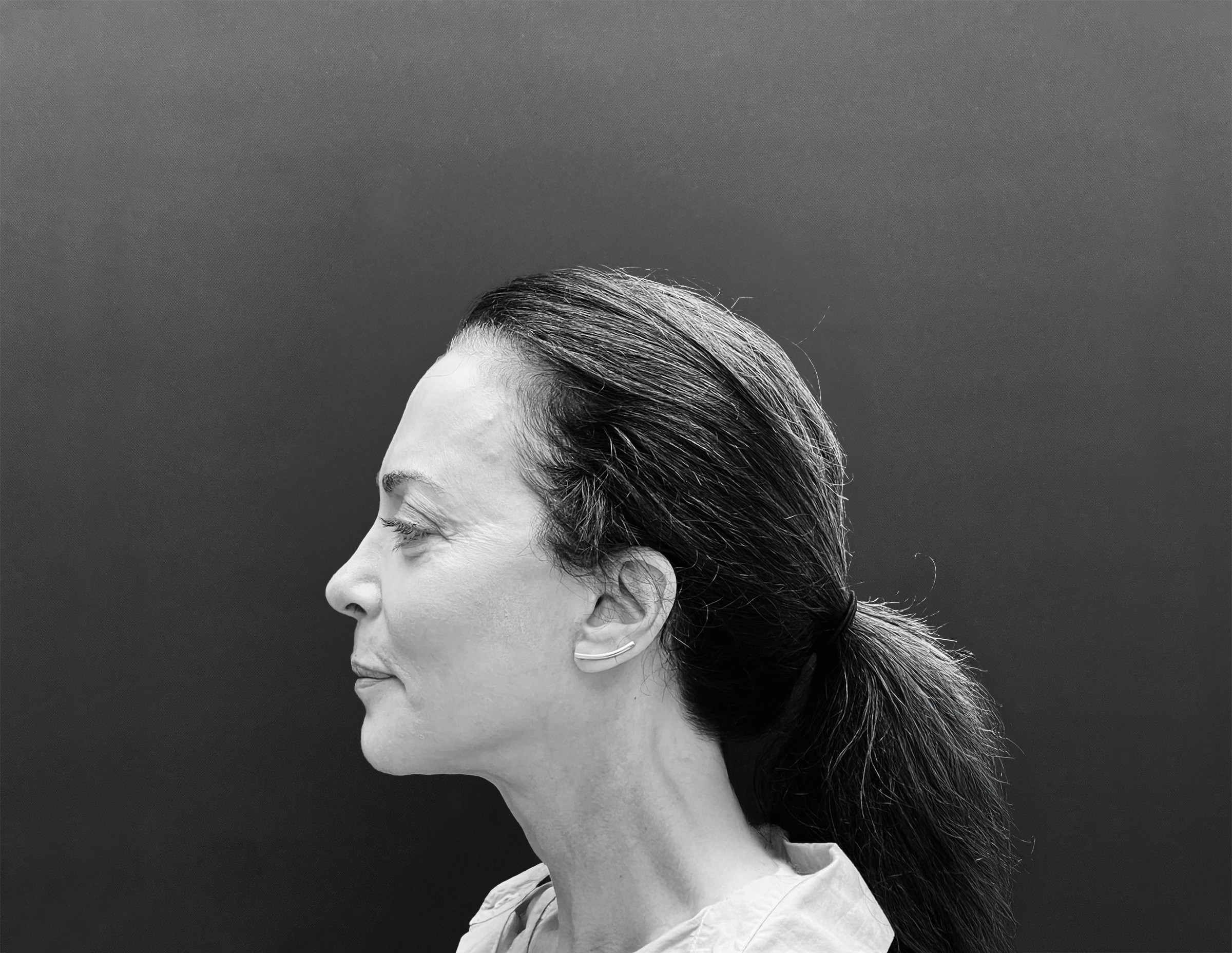
What is a Face Lift?
A face lift (also known as a rhytidectomy) is a cosmetic surgical procedure designed to reduce the visible signs of aging on the face and neck. It involves the removal of excess skin, tightening of underlying tissues and muscles, and re-draping the skin over newly contoured surfaces. This procedure can address issues such as sagging jowls, folds around the nose and mouth, and loose skin on the neck.
Face lifts are customized to each patient’s facial anatomy and desired results. Advanced techniques, including minimally invasive options, provide natural-looking outcomes while minimizing recovery time.
Patient Results
View before and after photos of our patients who had this procedure.
Trained to “lift”
When performing any lift, it’s important to choose a surgeon that 1) understands aesthetic sense and 2) has the skills and training to provide that. For example, the “vectors” of a lift (the direction the skin is lifted in) have to do with a surgeon’s aesthetic sense. It is also important to choose the right combination of procedures, which have to do with both aesthetic sense and training. A surgeon trained on both the hard and soft tissues of the face can give attention to where the actual deficiencies lie and provide the treatment the patient really needs. Having training and experience with complex procedures such as facial reconstruction makes a surgeon more comfortable and adept at navigating facial anatomy and managing soft tissues. A thorough understanding of facial balance and structure translates to an extra layer of preparation that improves results and recovery.
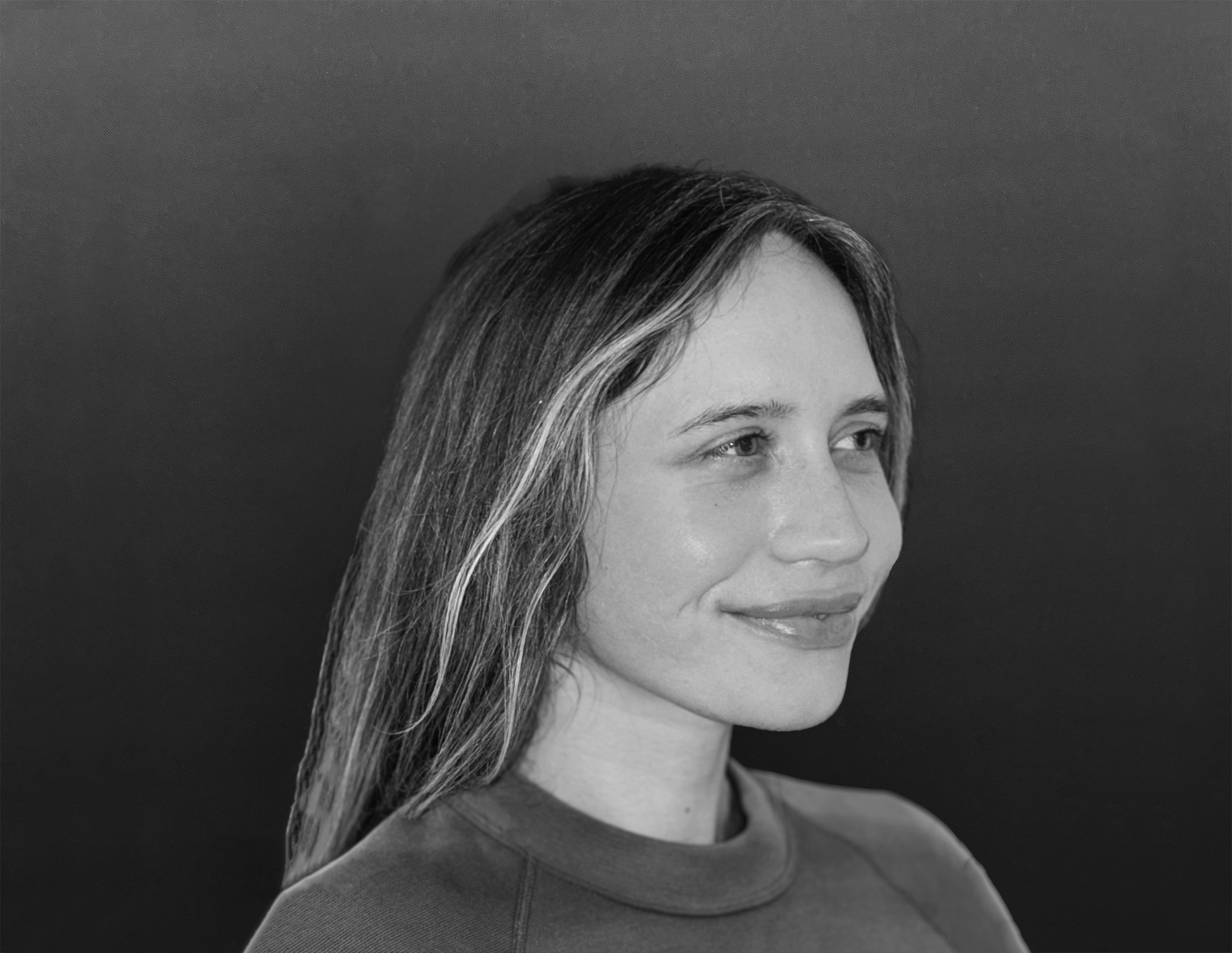
Benefits of
a Face Lift
- Reduces visible signs of aging on the face and neck
- Restores a youthful and natural facial appearance
- Improves confidence and self-esteem
- Minimizes jowls, sagging skin, and wrinkles
- Can be used to treat hereditary “doughy” cheeks or loose skin after weight loss in younger patients
Who is a good candidate for a face lift?
You may be a good candidate for a face lift if you are in good overall health, have signs of facial aging, such as heaviness or looseness in the cheeks, neck, or jowls, or wrinkles. Ideal candidates typically want to restore a more youthful appearance and improve the contours of the face and neck. In younger patients, a face lift can be used to treat hereditary “doughy” cheeks or loose skin after weight loss. A consultation will help to determine if/when a face lift is recommended for you.
When is the right time for a face lift?
This is a topic of much debate, and the consensus amongst surgeons historically has usually been around the 40s to 50s. The trend has gotten younger as techniques have gotten better and patients are seeking earlier treatment. It is also important to remember that not all face lifts are done for purely age-related concerns. For example, loose skin resulting from extreme weight loss or younger patients who genetically have heavy “doughy” cheeks may be candidates. Commonly patients in their mid to late 30s are good candidates for mini face lifts, and patients in their late 40’s and beyond are better candidates for more comprehensive face lifts that include the neck.
How long do face lifts last?
A face lift should last forever, in a sense. When a face lift is done, the looseness in the skin is reduced; however, you will continue to age after that. It is like turning back a clock that continues to tick. You can typically set this “clock” back 10-20 years. Then you will continue to age, but at a slower rate than if you had not had the face lift. (See “How long before I would want another face lift?”)
How long before I would want another face lift?
It depends on the extent and type of face lift initially performed, the amount of elasticity that is left in the skin, the skin quality, how well the patient takes care of their skin, and the patient’s genetics. Most patients will wait 10-15 years before they consider another face lift. However, sometimes a small touch-up lift can be done sooner than that. A consultation can guide you on the best approach for you.
Are there scars?
Yes, any skin incision will leave a scar. If the incisions are created and closed meticulously, the scars are typically imperceptible at 6-12 months, sometimes sooner. Proper postoperative care will help the scars heal better and faster. This includes sun block, silicone gel, and avoiding sun exposure during the healing phase.
What are the different types of face lifts?
There are many types, including mini face lifts (short scar), extended mini face lifts, standard face lifts, deep plane face lifts, bilamellar (dual-plane) face lifts, and comprehensive face and neck lifts.
There are other names and many types, but ultimately patients should be offered and treated with the type and extent of lift that addresses their areas of concern in a comprehensive but natural way. We do not provide one-size-fits-all treatments. Patients receive specialized treatment targeted to their unique needs. During your consultation, we’ll determine the type and extent of lift to achieve the best results.
Can I combine a face lift with other procedures?
Yes, many patients combine face lifts with complementary procedures like chin, cheek, or jawline implants, genioplasty, lip lifts, or blepharoplasty.
How do I choose the right surgeon for a face lift?
It is important to choose a surgeon that 1) understands aesthetic sense and 2) has the skills and training to provide that. For example, the “vectors” of a face lift (the direction the skin is lifted in) have to do with a surgeon’s aesthetic sense. It is also important to choose the right combination of procedures, which have to do with both aesthetic sense and training. A surgeon trained on both the hard and soft tissues of the face can give attention to where the actual deficiencies lie and provide the treatment the patient really needs. Having training and experience with complex procedures such as facial reconstruction makes a surgeon more comfortable and adept at navigating facial anatomy and managing soft tissues. A thorough understanding of facial balance and structure translates to an extra layer of preparation that improves results and recovery. Particularly valuable is the surgeon’s “fellowship” experience, which is elective higher level training performed after the standard residency training. Not every surgeon completes fellowship training.
What makes a “good” face lift?
A good face lift is one that simply turns back the clock and does not look like the patient had surgery. To accomplish this, you need:
- Proper assessment: Accurate assessment of what is contributing to the areas of concern, for example: looseness of the neck, heavy cheeks, or low-hanging submandibular glands.
- Choosing the right type of lift
- The incisions: Ideal incisions are specific to each individual case. Designing them depends on the type of lift chosen, the direction that the skin is lifted in each area, and the patient’s specific anatomy.
- The wound closure: It is critical to use very precise suturing to close the incisions properly with no active bleeding and absolutely no tension on the skin (to minimize scarring).
- The “aesthetic eye”: Knowing how much to lift or move each area and how evenly they are moved. All the areas of the upper, middle, and lower face and neck should be moved evenly and in complementary directions.
- Choosing the right combination of procedures: A surgeon trained on both the hard and soft tissues of the face can give attention to where the actual deficiencies lie and provide the treatment the patient really needs. For example, if a patient has loose skin but also a very small chin or jaw, the patient would need to treat the small chin and jaw to optimize the results of the face lift. The combination of treatments gives them a better, more natural result because one area does not need to be “overdone” to make up for the other area not being treated.
What type of anesthesia is used?
This is commonly done under a light “twilight” (IV) sedation. This allows you to remain comfortable and relaxed during the procedure.
How long does this surgery typically take?
3-5 hours
Do I need to stay overnight at the facility?
No, patients typically return home the same day for this procedure.
What is the recovery time?
Initial recovery from a face lift typically takes about 1-2 weeks, during which most swelling and bruising subside. Full recovery that includes the fading of scars and resolution of small amounts of swelling can take several months to a year.
Is a private nurse recommended for face lift patients?
For patients who opt for private nursing, the benefits are:
- One-on-one direct attention and care
- Help and teaching with postoperative wound care and hygiene
- Surveillance for proper postoperative healing
For most face lifts, we do recommend the patient to have a period of private postoperative nursing since they require more sophisticated postoperative monitoring. Private nursing allows for patients to be eased through the recovery process, their wounds to be monitored and cared for, and the nurse to communicate directly with the surgeon if need be. We have found that patients are much more comfortable with the postoperative experience when they have a private nurse and are very glad to have utilized this resource.
How long until I can be out in public?
Most patients can resume work (and are considered “restaurant-ready”) within 1 week. For social events such as weddings (guest), graduations, or holidays, one should allow at least 2 weeks for recovery.
How long until I can exercise?
Very light activity such as a brisk walk or a light stationary bike is encouraged as soon as you feel ready for it after surgery. Moderate exercise is usually resumed in about two weeks and heavy exercise in one month.
How soon can I travel after my surgery?
We typically ask patients to remain in town for a period of at least 1-2 weeks before flying. However, car rides of 2-4 hours are ok the following day in most cases. We would still like to see you for a postoperative visit at the one-week mark.
What to Expect
After Surgery
- Most patients can resume work (and are considered “restaurant-ready”) within 1 week
- For social events such as weddings (guest), graduations, or holidays, one should allow at least 2 weeks for recovery
- Exercise: Very light activity such as a brisk walk or a light stationary bike is encouraged as soon as the patient feels ready for it after surgery. Moderate exercise is usually resumed in about two weeks and heavy exercise in one month
- Usually about 90% of swelling/bruising resolves within 1-2 weeks
- Patients will need to avoid direct sun exposure to the incisions for at least a year and use sunscreen to protect healing skin.
- We will see the patient for postoperative appointments typically after 1-2 days, 5-7 days, 10-14 days, 1 month, 3 months, 6 months, and one year. Sutures are removed during the first few postoperative appointments


